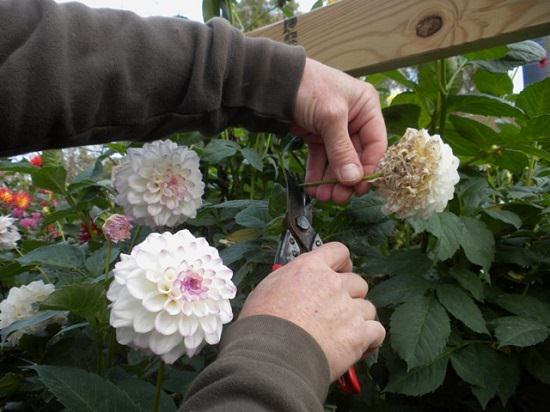If you wonder how to keep flowers blooming, this one awesome tip, which is the most simple as well is very effective!
Want to know how to keep flowers blooming for a long time? Want them to show up more often? Want to extend their blooming period?
Well, the answer is not tricky. Keep them well maintained, provide optimal growing conditions. Give access to full sun or provide some shade, if you’re growing a flowering plant like impatiens. Besides all these basic requirements, here is this most important tip, which can improve the productivity of your flowering plants–Deadheading.
What is deadheading?
Deadheading is a gardening term implies for removal of fading flowers from plants. Flowers that are dying, looking dull must be removed regularly.
Also Read: How To Create A Rose Garden
How Deadheading Encourages Plants to Bloom Heavily
Flowers after blooming and getting pollinated, start to produce seeds. Instead of creating new flowers, plants shift their energy to faded and pollinated flowers to help them stay longer or to develop seeds.
Removing these faded flowers reshift the plants’ energy toward producing more flowers in order to attract pollinators, set seeds or fruits. It’s that simple!
Does Deadheading Always Work?
Deadheading almost always works, unless you want the plant to set seeds or fruits, you should do it regularly. All the annuals and perennials rejuvenate their blooming session after deadheading. It also extends the blooming season.
Continuously deadheaded plants look healthy, showy, and vigorous as they don’t divert their energy in setting seeds.
Also Read: Keep Your Plants Blooming
How to Deadhead Flowers
Very easy! Pinch the flower or flowering stem just above the first set of leaves near the flower as soon as it starts to look droopy and unsightly. Similarly, trim off the old flower clusters of plants like hydrangea, ixora, and rhododendrons.
To learn more about deadheading, check out this informative guide at Pennsylvania State University Extension!




